The question of what size bicycle is best for different age groups continues to be a topic of interest for both parents and cyclists.
Selecting the right size is crucial to ensure safety, comfort, and an enjoyable riding experience.
Whether it’s for a toddler just learning to balance or a teenager looking for more speed, the right bike size can make all the difference.
For very young children, typically between the ages of 2 to 4, a 12-inch wheel bike is the most common recommendation.
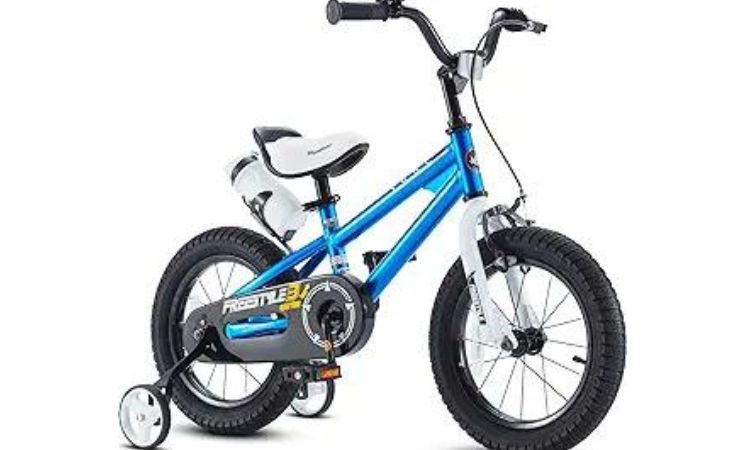
These bikes often come with training wheels, providing extra stability as children learn to balance and pedal.
Moving up in size, kids aged 4 to 6, who generally stand between 3’5” and 3’10”, will benefit from bikes with 14-inch wheels.
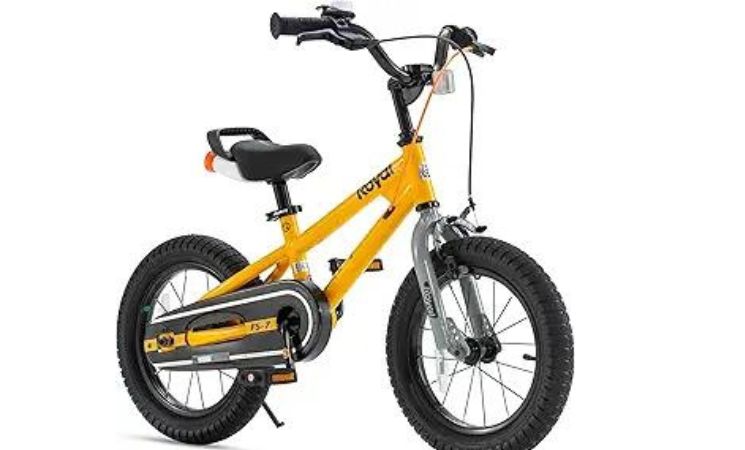
This size offers better control while still being manageable for children who are just starting to ride independently.
Children between the ages of 7 and 9, who are more confident riders, often transition to bikes with 16- or 20-inch wheels.
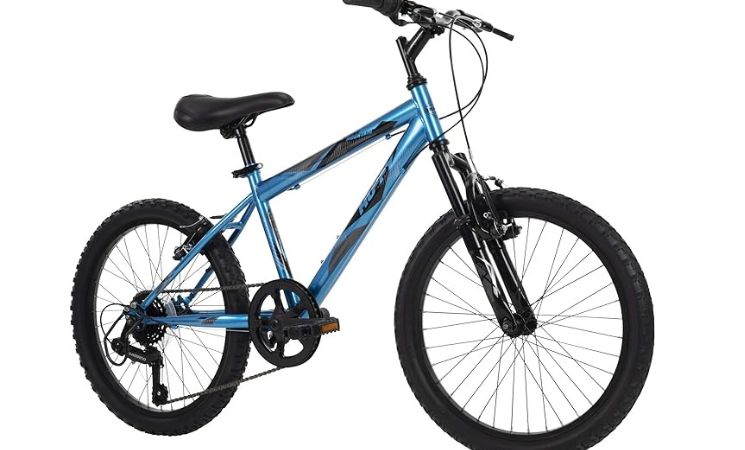
Many of these bikes include additional features like hand brakes or gears, helping children grow more accustomed to controlling speed and navigating different terrains.
For preteens, ages 9 to 12, bicycles with 24-inch wheels are typically the next step, as they offer a more grown-up riding experience while maintaining a comfortable size.
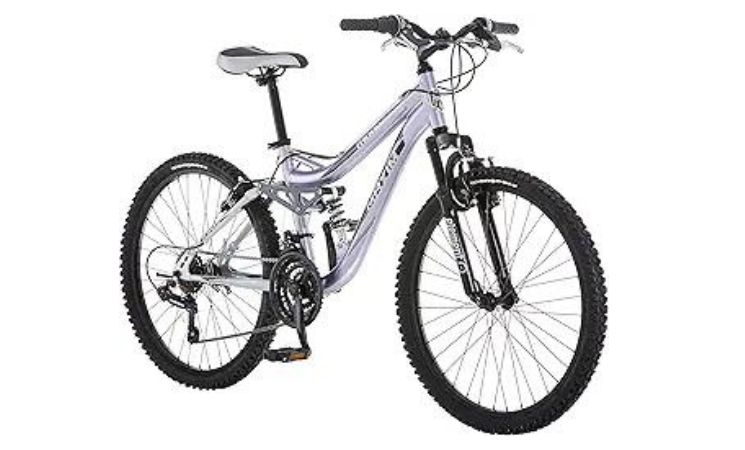
When it comes to teenagers and adults, the focus shifts from age to height as the primary factor in choosing the right bike.
Teenagers and shorter adults, generally between 5’0” and 5’5” in height, often opt for bikes with 26-inch wheels and a smaller frame. For taller riders, a bike with 27.5- or 29-inch wheels and a medium-to-large frame provides better comfort and control.
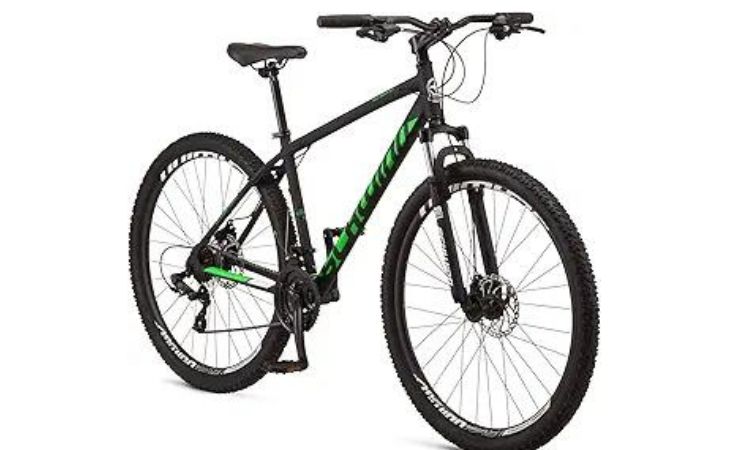
A cycling expert commented, “The key to selecting the right bike size is to prioritize both safety and comfort. An improperly sized bike can lead to poor posture, discomfort, and even accidents.”
This sentiment reflects the concerns of many parents and adult riders who navigate a range of options before finding the perfect fit.
Another crucial factor to consider is the rider’s inseam measurement, which determines how easily they can place their feet on the ground while sitting on the seat. For younger children, ensuring that they can comfortably touch the ground is especially important for stability and safety.
Despite the temptation to buy a larger bike for children to grow into, experts advise against it. A bike that is too large can make learning to ride difficult, potentially leading to accidents or a loss of confidence.
“We thought getting a bigger bike would save money, but it ended up being too hard for our son to control,” shared one parent, reflecting a common mistake many families make.
For adults, the wrong size bike can have long-term effects on posture and comfort, particularly for those using the bike for commuting or long rides.
Road bikes, mountain bikes, and hybrid bikes all offer different sizes to match riding preferences, but the common factor remains finding the bike that fits best. Without a proper fit, riders can experience strain, fatigue, or even injury.
The variety of sizes available makes it easier for cyclists of all ages to find a suitable bike, but it also emphasizes the need for test rides and accurate measurements.
Many professionals suggest visiting a local bike shop to have measurements taken and to test ride different models.
This allows the rider to find a bike that offers the best combination of comfort, control, and performance.
Bicycling is more than just a hobby for many—it’s a way to stay active and healthy while enjoying the outdoors. Ensuring the right size bike not only makes the ride more enjoyable but also safer, no matter the age or experience level of the rider.













